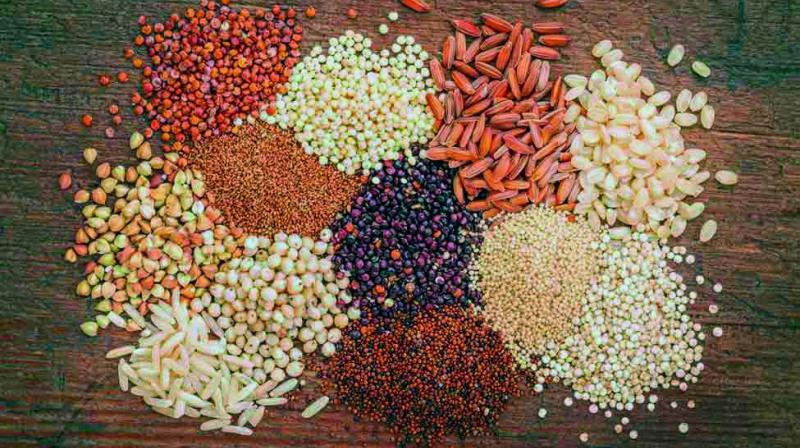Govt urged to promote millet cultivation

Hyderabad: The International Nutri Cereal Convention 6.0 has called for providing further impetus for growing millets and their consumption. They said that millets were central to nutritional and food security despite climate change woes.
The meeting held in the Indian Institute of Millets Research (IIMR) office sought support for farmers into cultivation of millets.
Addressing the convention P. Prasad, minister of agriculture from Kerala underscored the centrality of millets in the face of climate change and in supporting livelihoods of people.
“Only if they are assured of benefits will farmers be willing to grow millets, which require less water unlike paddy. The centre needs to be lauded for its support to millets and marking 2023 as the international year of millets. As the benefits are evident, they are increasing in acreage. There is a need for a separate board for millets.”
Dr B. Dayakar Rao, CEO, Nutrihub, IIMR said that they are taking all stakeholders together. “Around 16 countries have come forward to work with us. Over 100 startups, FPOs and policy makers will participate in the meetings. Consumption of millets will help in meeting nutritional and food security,” he said.
Dwelling about the guidelines for Indian diets, Dr Hemalatha R., former director of NIN, informed that studies have established the relation between high processed foods and health outcomes.
“Millets are rich in iron, zinc, manganese and calcium and make for an effective nutrition diet. The government needs to increase MSP for the crop. Lack of innovation in product development, heavy processing and addition of excessive sugars, fats and salt have made millets unhealthy,” Dr Hemalatha said
The meeting noted that there has been a sharp decline in millets after the green revolution. While millets constituted national food grain production during 1952-54 they had fallen to six percent by 2020. The highest decline of area in small millets was (89 per cent) followed by sorghum (68 per cent) and finger millet (37 per cent) with least decline under pearl millet (20 per cent). Pearl millet tops among millet crops in the country. The production increased from 11.3 to 16.3 million tonnes despite a 56 per cent fall in acreage.

